I could say that this is the highlight of my trip to Chubu-Hokuriku region in Japan. A registered world heritage site – Gokayama (五箇山).

When it comes to the Chubu region, the hottest tourist spot in recent years is perhaps Shirakawago (白川郷) in Gifu prefecture. When I first saw the travel itinerary, I was a little sad that Shirakawago was not included in this trip, but little did I know that we were in for a surprise, that is the same 250-year-old gassho-zukkuri farmhouses as the ones in Shirakawago, are also found in Ainokura (相倉) in Gokayama, Toyama prefecture.
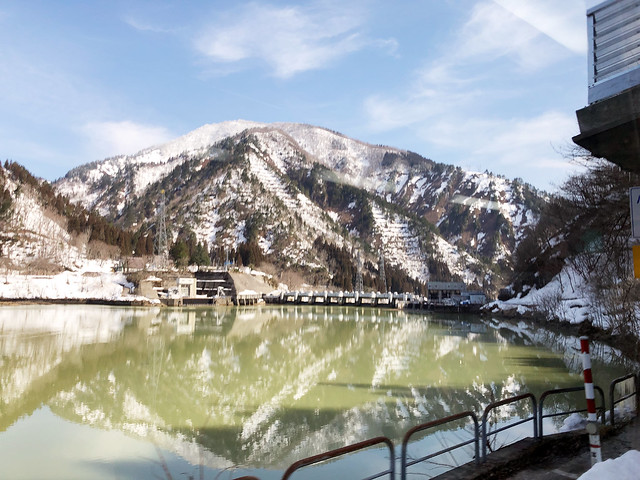
The road trip from Takayama to Gokayama was scenic to say the least.

The colors!!

Just random shots from the bus window. All of them make great screen savers!

A few rare gassho-zukkuri houses spotted en route to Ainokura.
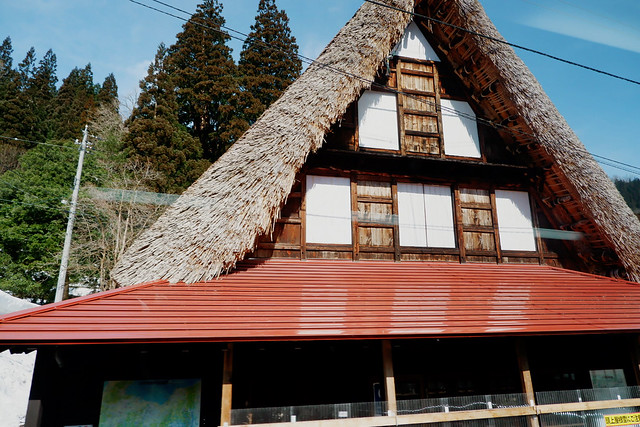
Gassho in kanji is 合掌, meaning putting hands together in a prayer, which the roofs of the farmhouses resemble. The gassho roof has a slope of about 60 degrees, forming a nearly equilateral triangle. This is to allow snow to slide off the roof easily, as Ainokura is an area with heavy snowfall.
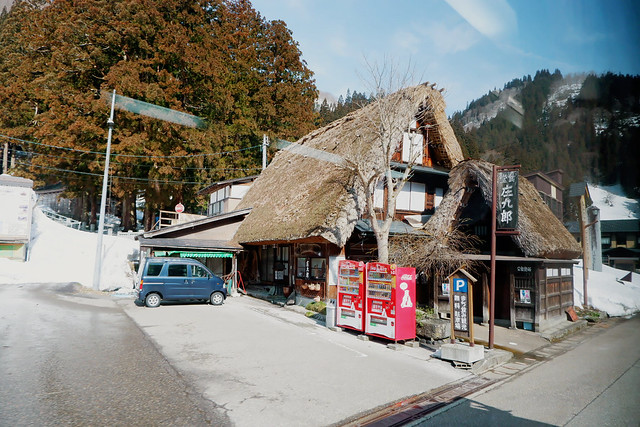
Ainokura is a really small village, it has a total of 20 gassho-style houses and only 60 residents are left staying here, some of them are still occupied by the local villagers, the rest are used as inns, or have been turned into restaurants or museums.
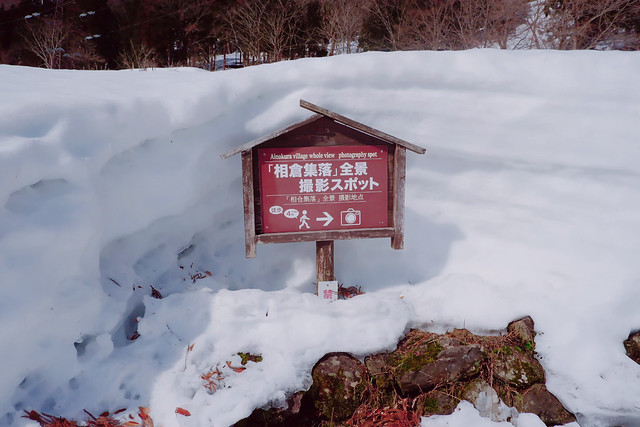
There’s a photo point up the hill with a little bit of a climb, It says 4 minutes but with heavy snow, be prepared to spend about 10 minutes walking.

Pathway covered with snow.
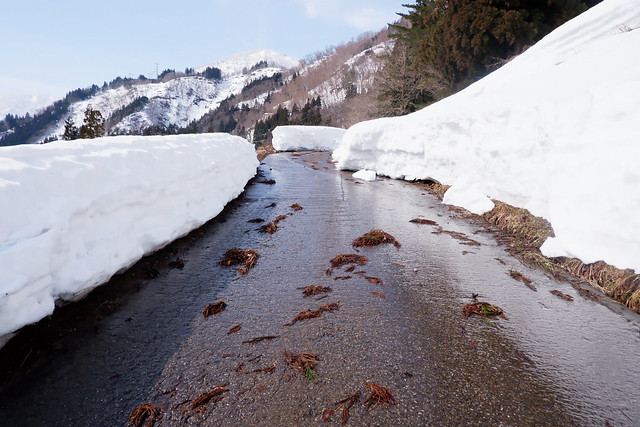
As you walk up you can see the melted snow forming a shallow “river”.
And… here’s from the view point!
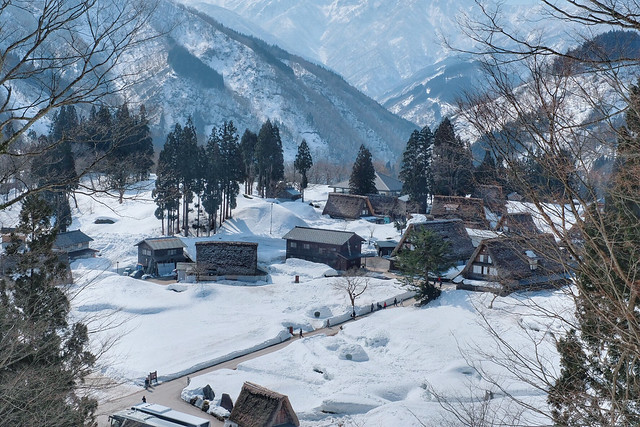
It’s beautiful just like Shirakawago, except that at this time of the year the roofs were not covered white in snow.

Shutter time.

When you come to Ainokura, there are a few things you should be aware of to help preserve this world heritage site,
1.No smoking in the village as the thatched roofs are highly flammable.
2. Respect the villager’s privacy by not entering homes, fields and other living spaces. If you want to have a look a gassho-zukkuri house, there’s a folklore museum which you could visit.
3. No sightseeing early in the morning and after dusk.
4. Take your trash home with you to protect the natural environment and cultural property from litter.
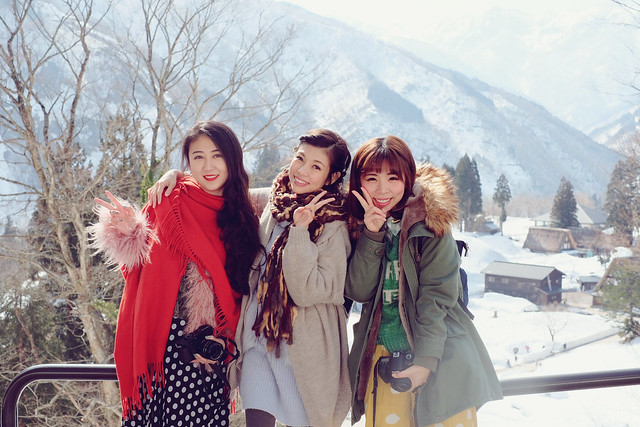
With Xiao Yu from China and Tai Tai from Taiwan。
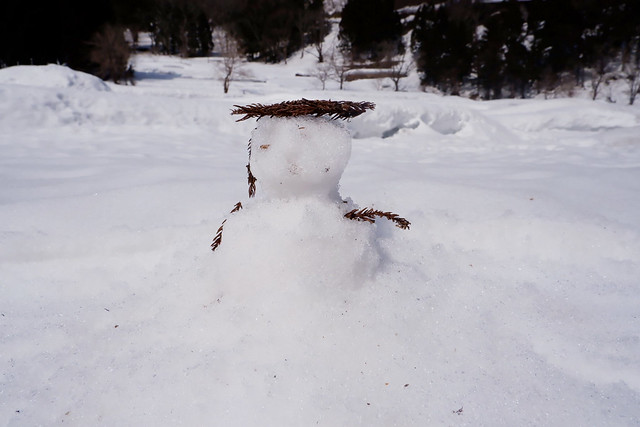
Snow baby.
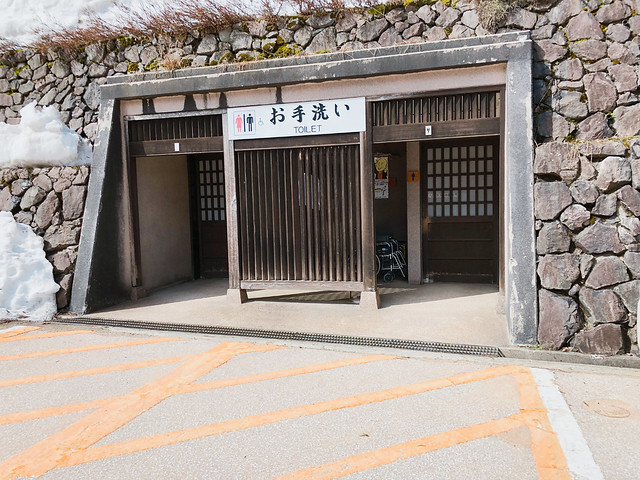
One thing that impressed me a lot is the thoughtfulness of making sure all guests feel comfortable during their visit. As you could see it’s an extremely small village in one of the most remote mountains of the region, yet the toilet system is very advanced and complete, with a nursery and a handicapped toilet, just like what you see in a regular rest area in Japan.
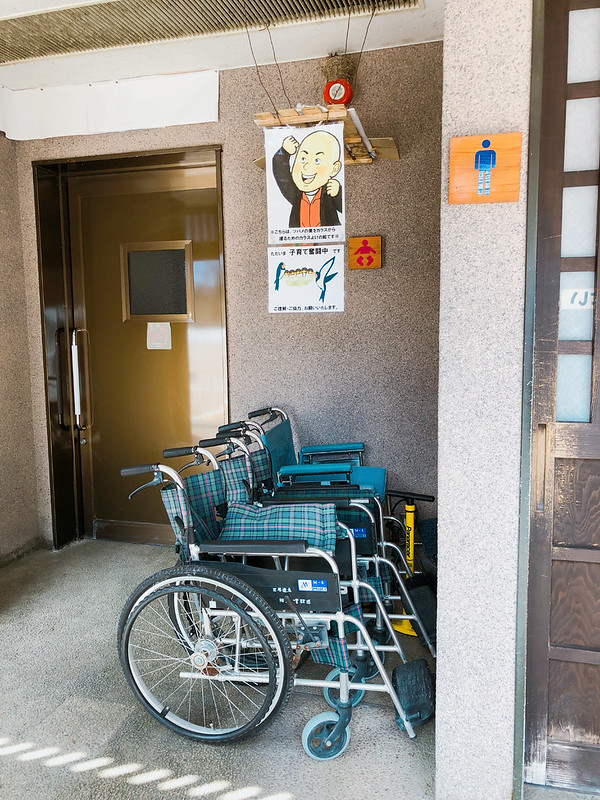
I also spotted something else.
What are the drawings for and why are they hanging there?

What’s this guy for??
It’s apparently a drawing meant to serve as a scarecrow. If you look closely there’s a swallow bird nest on top of the alarm (?). The illustration at the bottom says that “The birds are making great effort to raise their little children, please may we have your understanding”. As a mother raising children myself, I really appreciate this kindness towards even an animal mommy, and was very moved by it.
It is a wonderful village full of pure, kind souls.
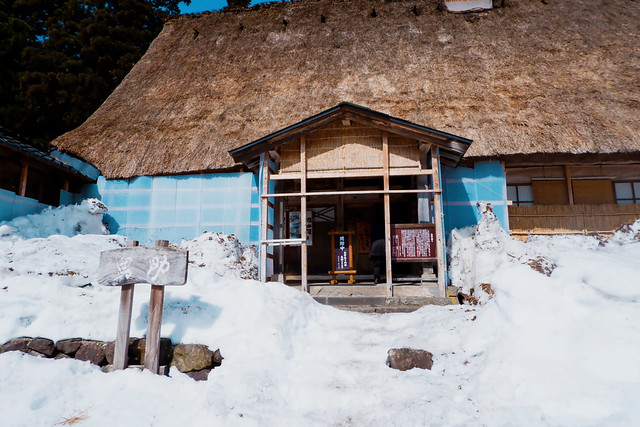
This is the “Yusuke House” (since 1868!), which is home to actual villagers, an inn for guests to stayover, as well as a gallery open to public to learn more about the history and every day life in Ainokura Village.
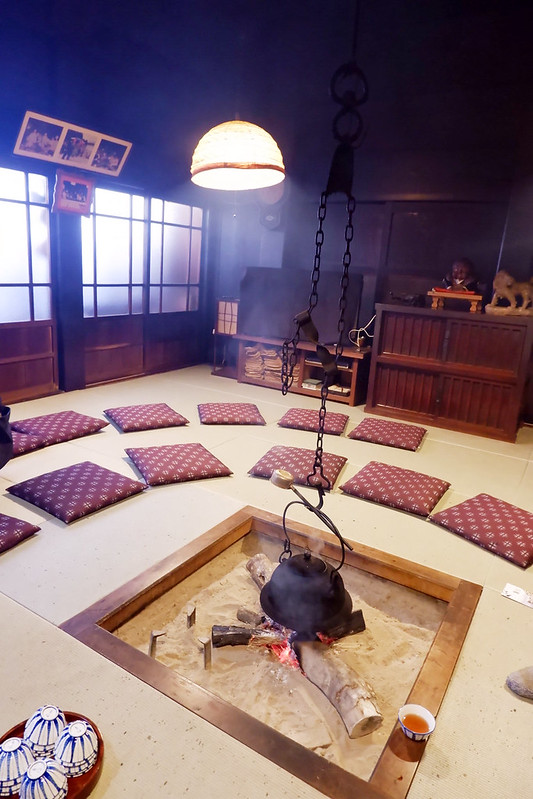
Upon entering the home/gallery, I was greeted by a scent of burning woods, and a huge irori (a traditional Japanese sunken hearth used as a heater as well as for cooking.

Apparently the irori pot has been burning since a hundred years ago, every single day including summer days!! The smoke also serves as a bug repellent.
I have seen families who make BBQ skewers with it!) at the center of the living hall – a real one (yes, like the one you see in Neko Atsume!)
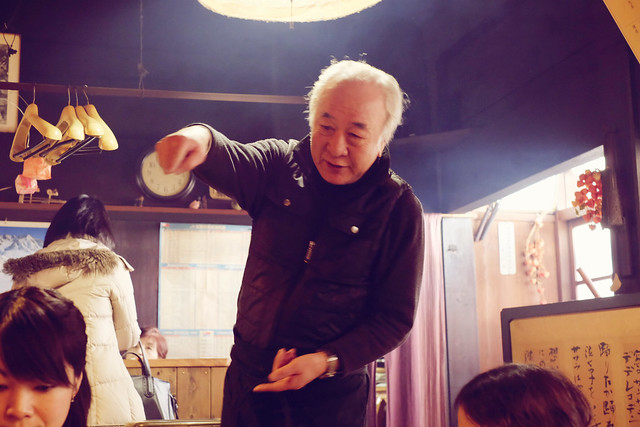
We were served tea by the irori, and “Otousan”, the host came to greet us and shared with us about the wonders of this village and their daily lives.
I learnt from the organizer that Ainokura used to be really difficult to access to due to its surrounding mountains that made it completely isolated from other areas, but in recent years, development has made it extremely convenient for visitors to access the village, but as a result they often just visit and leave and choose not to stay over, so the villagers actually don’t benefit much from the tourism at all.
So if you guys ever have a chance, I’d recommend staying over and experience the most local way of living in a world heritage site!
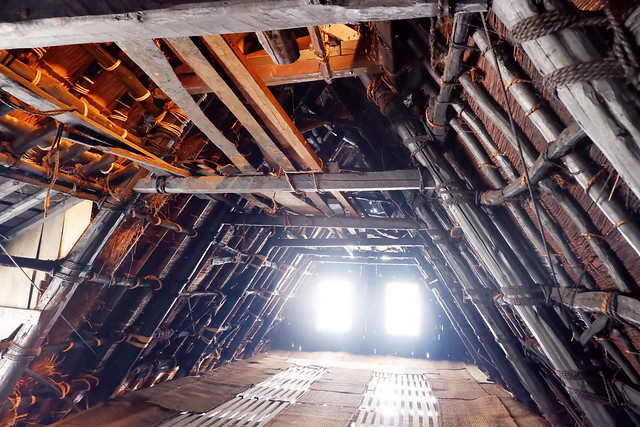
Walking upstairs, you will see an amazing timber frame erected without a single nail.
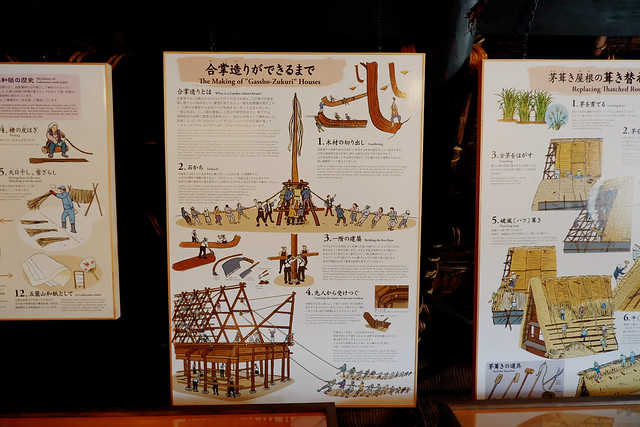
The gallery also explains how the Gassho-zukkuri houses are made. The roofs have to be replaced every 20 years, and it is no easy feat. The entire village gather together just to help one family rebuilt their roofs. Even nowadays, some of the residents have moved out of the village to other cities, they will still come back to volunteer during such event. It’s a really close-knitted community, something which all buzzing cities lack these days.
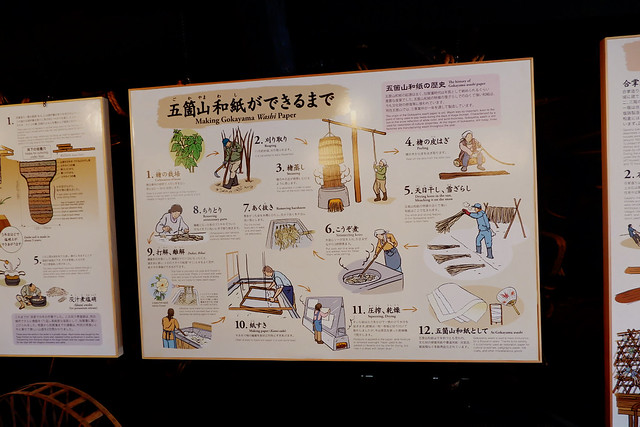
Gokayama is also famous for its washi-making, more about that later!
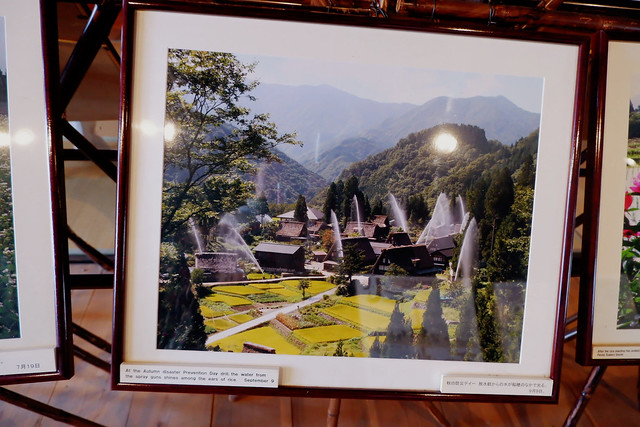
Photos of the village in all four season. It’s super beautiful in every other season too.

There are also exhibitions devoted to silk worms, tools and old photos that depict daily life and festivals in this mountain village.
Gokayama Washi No Sato (五箇山 和紙の里)
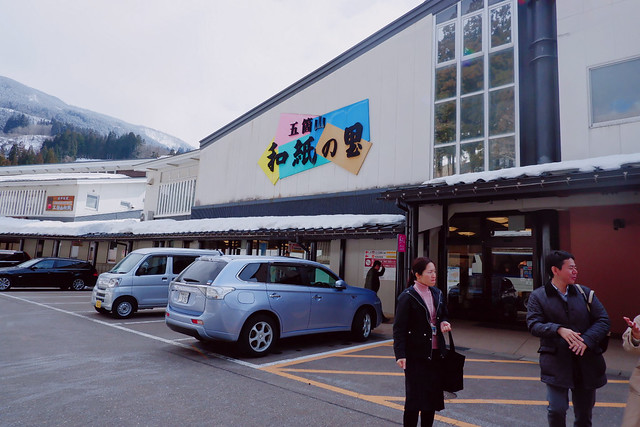
If you love washi (Japanese paper), you have to make a stop at Washi no Sato at Roadside Station Taira in Gokayama, a place dedicated to preserving the living art of Gokayama paper making that has a long history in this region dated as far back to 1200 years ago.
Here you get to experience Japanese-paper making at their washi workshop.

Washi making has been an important industry for Gokayama since ancient time. We watched a short video on how the beautiful papers are made, from harvesting kozo (paper mulberry), steaming, stripping, snow bleaching, boiling, cleansing, removing imperfection, to further beating to loosen the fiber, to the final steps of scooping, pressing and drying to finally making the precious papers. I couldn’t believe so much work is put into producing one sheet of washi paper T___T.
Sometimes traveling really makes me appreciate all the littlest things in life. A piece of paper it is, for today.
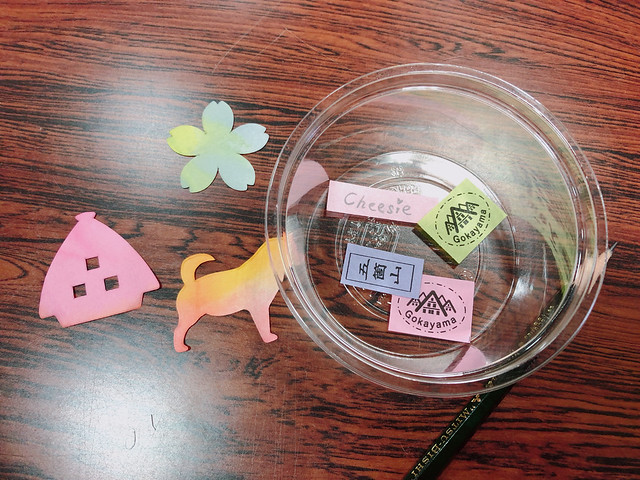
During the workshop of postcard making, you can pick your preferred motifs for your postcards. I picked a cherry-blossom, a Gassho-zukkuri house and a shiba inu. ^^
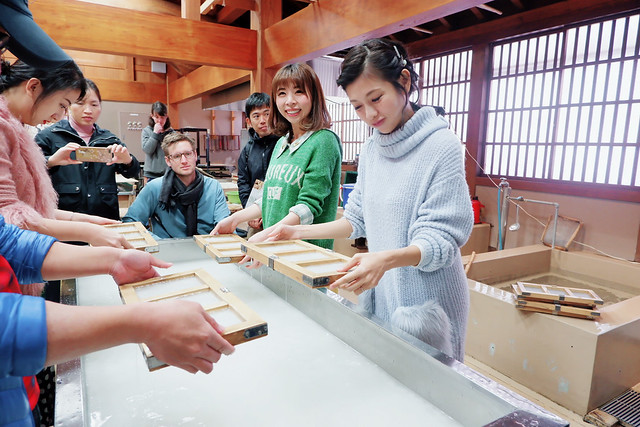
We are making the paper using a wooden frame to scoop out the fiber solution.

What you have in the frames are damp fiber ready to turn into papers once dry.
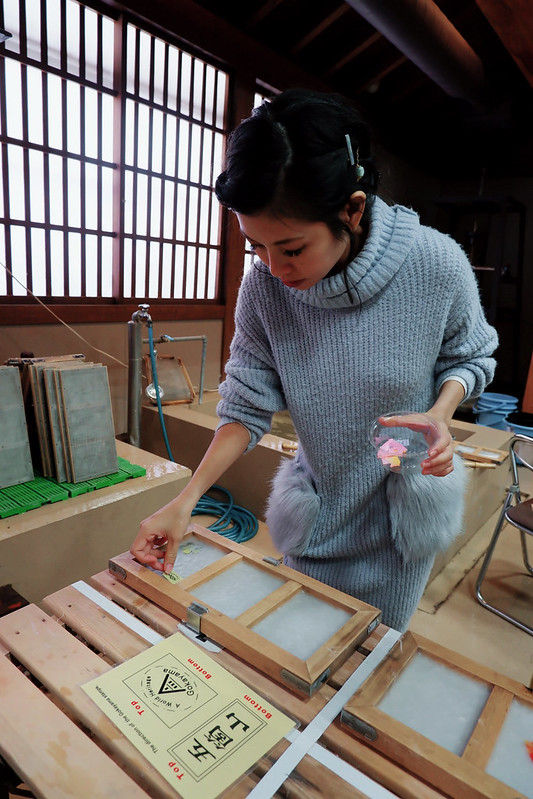
You can then place the decor on the damp paper.

My postcards!
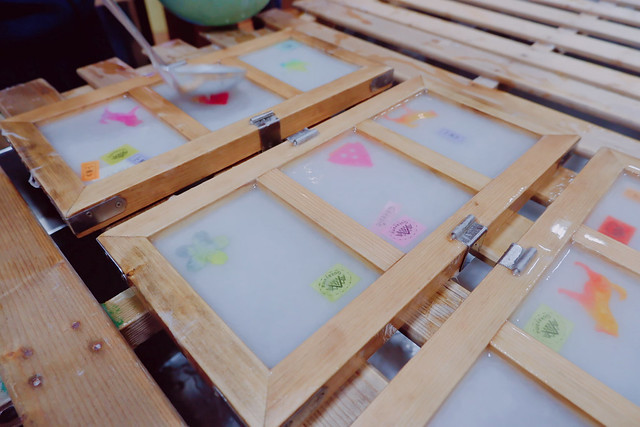
You then have to apply another layer of fiber to lock the motifs in.

Look how thick the “papers” are when they are still full of moisture!
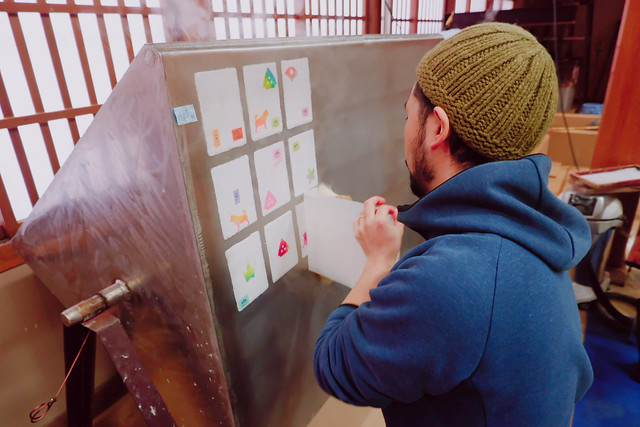
From here onwards the staff will take over and proceed to heat-dry the papers.

Our personalized postcards! ^^
The fee for this workshop is only 700 yen for 3 post cards!
There’s a gallery shop selling lots of cute merchandise made with Gokayama washi papers.
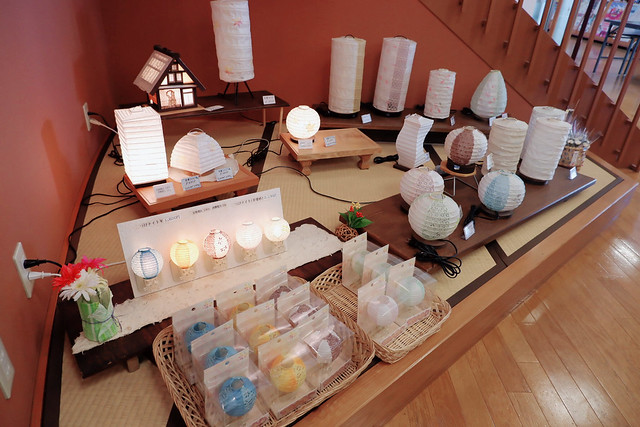
Little paper lanterns and table lamps.
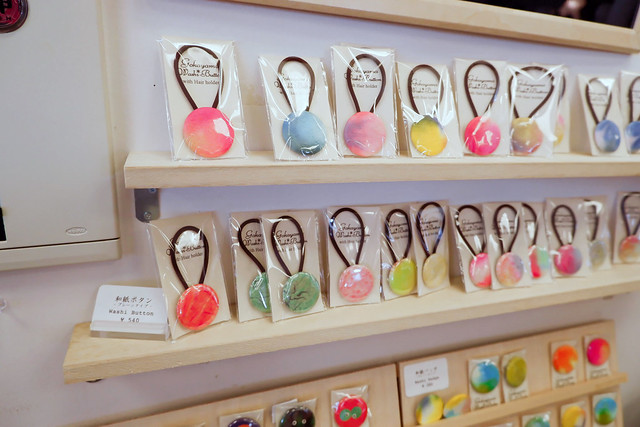
Hair bands
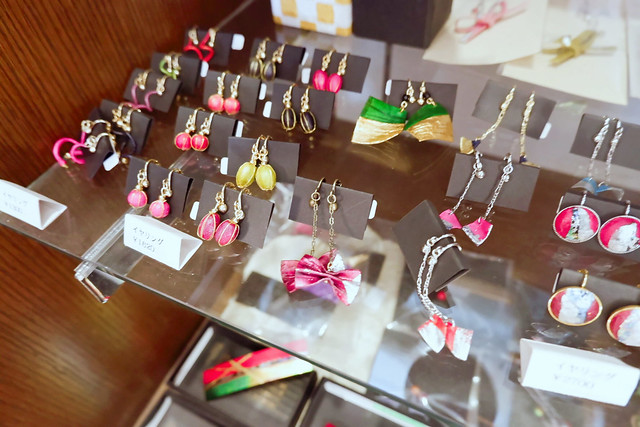
Cute earrings
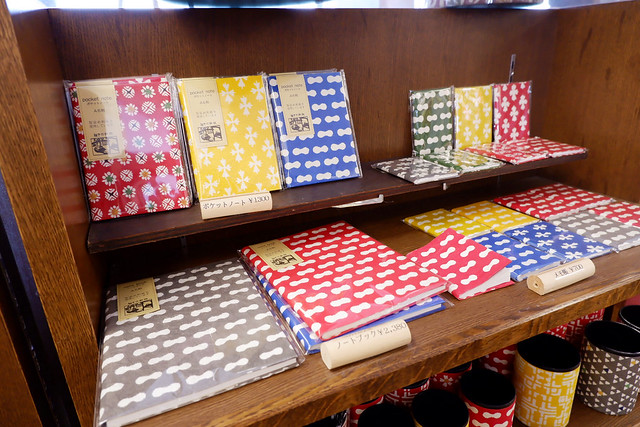
Notebooks

Love this Shiba panting!

If you are stopping by this area, I’d recommend having lunch at the little cafe (canteen?) here! It’s one of the simplest meals I’ve had, almost vegetarian if served without the fish, yet it’s so delicately seasoned with wafu dashi that gives every dish a subtle, lingering umami flavor.
So what I had was a bowl of white rice, some pickles, tofu topped with katsuobushi, simmered vegetables, wild ferns, and a small grilled Iwana, a kind of river fish that is to be eaten as a whole (yes including the head and tail!), it also comes with a small bowl of soba.
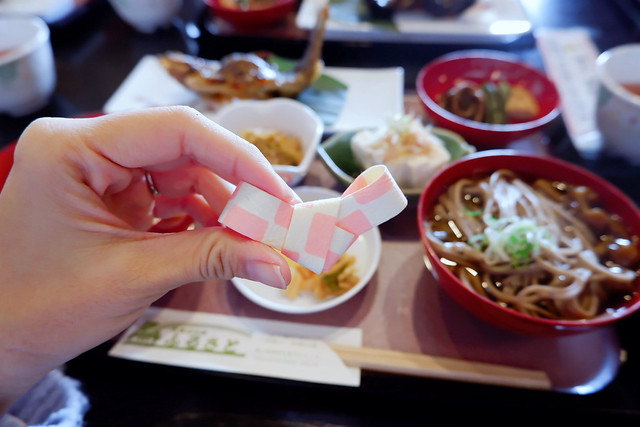
Ah. The chopstick rest, of course, is made of washi. ^^ I brought it home with me!
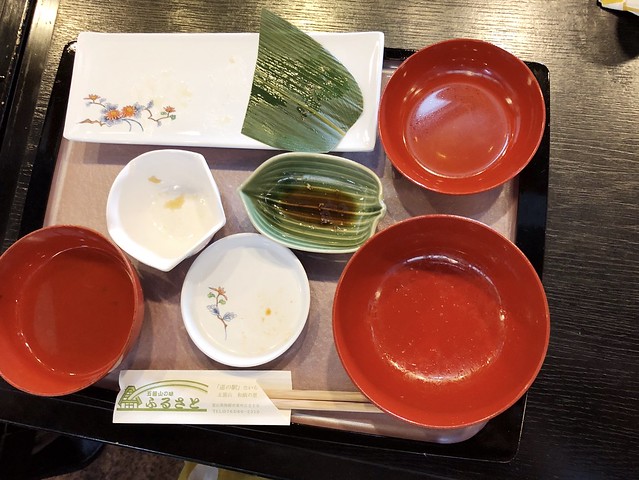
Emptied the whole tray. It was amazing.
Next up we are moving over to Ishikawa, a Horuriku prefecture that’s known for its wealth and culture in ancient time, and of course, gold-everything that it’s famous for!


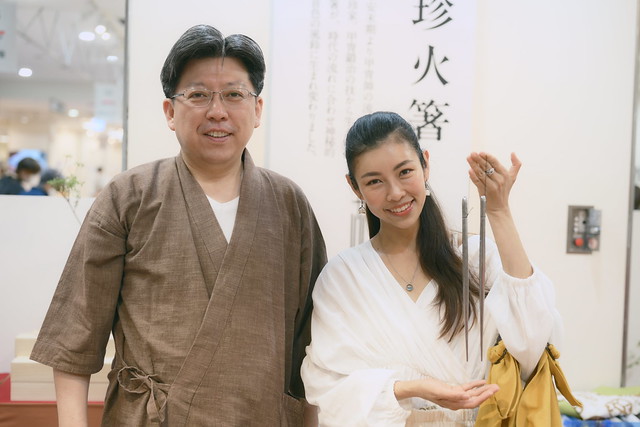
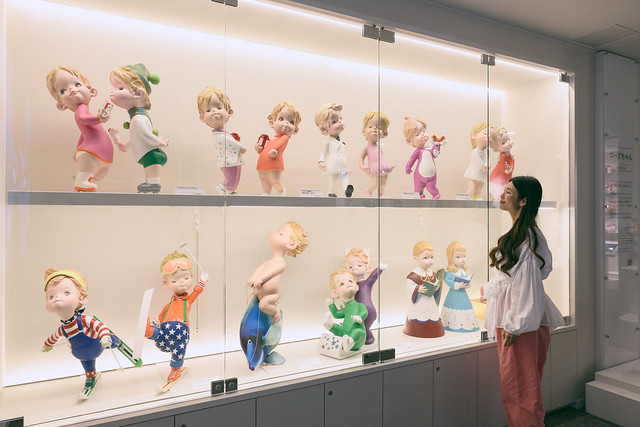




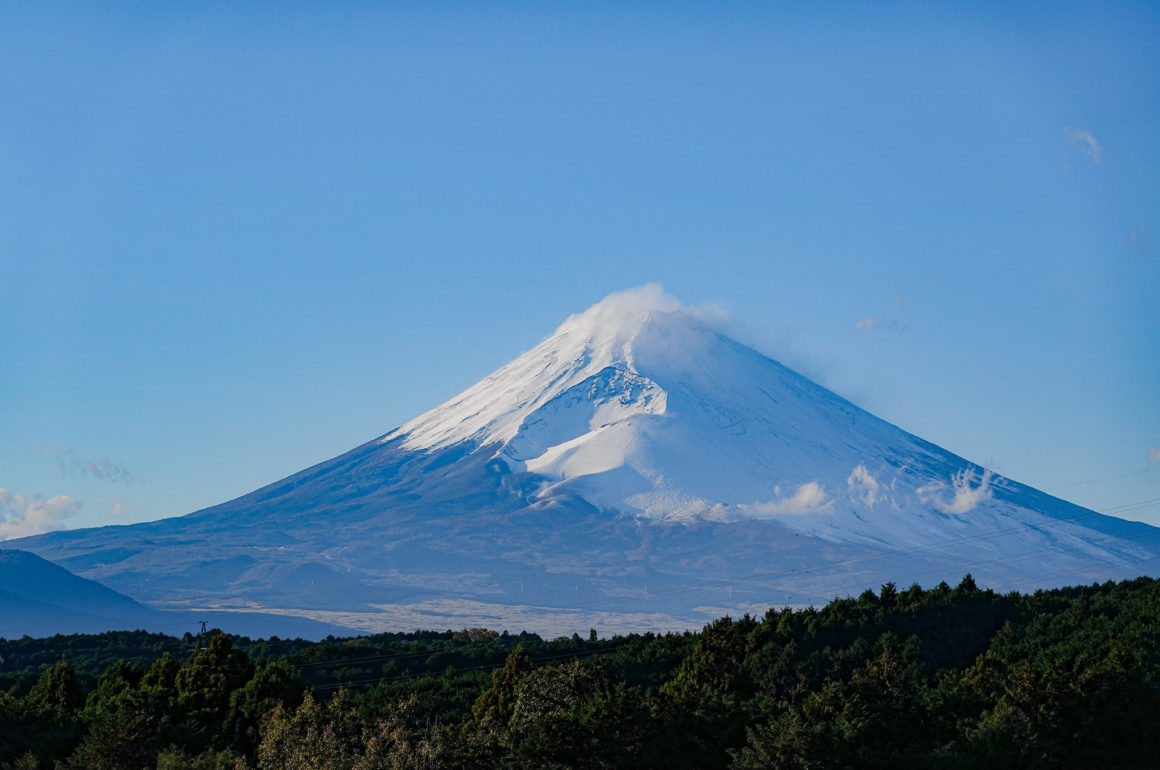

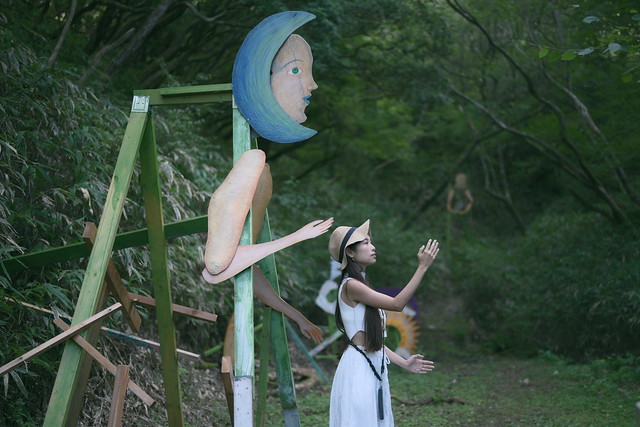
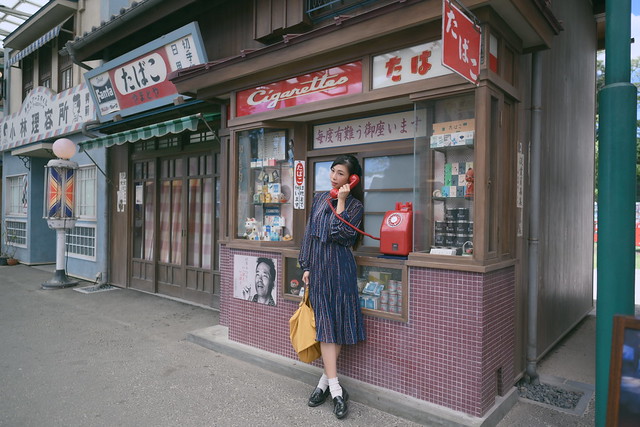



The view covered in snow is so beautiful! What I’d give to see it in person! 🙂
The shiba paintings are the cutest, haha. They’re one of my favourite dogs!
–
Charmaine Ng | Architecture & Lifestyle Blog
http://charmainenyw.com
HELLOOO . NEW SPOT TO GO TO!
and 700 yen for 3 diy WASHI postcard is honestly …abit cheap leh…^^”